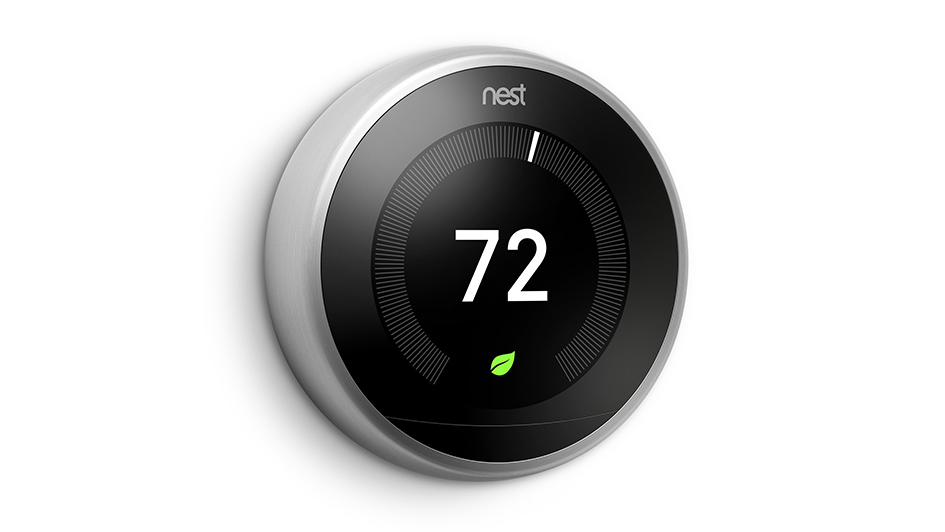
The Nest thermostat is one of the most popular smart thermostats you can get. And for good reason. It learns your temperature preferences and creates an energy-efficient schedule to match. And using geofencing with your phone, the Nest Learning Thermostat and Nest E are aware of when you’re at your home or gone and can change temperatures to help you save even more.
The Nest can be used with a full range of 24-volt heating and cooling systems, but it’s always a smart idea to check the Nest thermostat compatibility checker before getting one. Don’t forget to contact your energy provider for valuable rebates, because you might be able to get a Nest for free or close to it.
Once you’ve made sure it’s compatible, you can either install it without help or hire a HVAC specialist like Giordanos Heating and Air Conditioning. If you’re installing it without help, you’ll spot a terminal for the C-wire, or common wire. This wire is solely used for powering your thermostat. If your residence or HVAC system is older, you might not have one of these wires. Most of the time, Nest says this isn’t an issue as the thermostat can pull enough power from other heating and cooling wires.
In some cases, your heating and cooling system might need that C-wire. And here’s why.
Why Your Nest Keeps Losing Power and Other Malfunctions
The Google Nest Thermostat is an improvement from outdated programmable thermostats that rely on a combination of wiring and AA batteries for power. It uses a rechargeable lithium-ion battery and wiring to link to Wi-Fi, power its digital display and turn on your heating and cooling system.
8 Common Nest Thermostat Malfunctions
If it can’t draw ample juice, Nest says you could run into some of these issues:
- Bad battery life.
- Thermostat motion sensing is disabled.
- Your thermostat occasionally disconnects from Wi-Fi.
- Your system suddenly turns on or off, or won’t shut off.
- Your system is creating weird noises, including chattering, stuttering, clicking or thumping.
- Heating or cooling is short cycling, or frequently turning on and off in a short period of time.
- There is a delay message on your Nest thermostat’s screen, like “heating is delayed for 2:30 minutes.”
- The system fan is always on, won’t turn on or turns off and on frequently in a short period of time.
You may think something is wrong with your heating and cooling system, but if you just got the Nest, it’s best to begin with your thermostat initially. This is especially true if the weather is temperate, and you haven’t been running your heat or air conditioning much.
Our Pros Can Solve Nest Thermostat Problems
If you’ve attempted Nest thermostat troubleshooting without help but can’t solve the issue, a smart thermostat professional like one from Giordanos Heating and Air Conditioning can support you. We can determine the malfunction and install a C-wire, if required.
Smart thermostats like the Nest are created to make your life easier, through automatic energy-efficient programming and the ability to monitor settings while you’re on the go. It’s a frustrating experience when yours won’t operate like it should, but our heating and cooling experts at Giordanos Heating and Air Conditioning can resolve the issue in no time.
If you’re running into odd heating and cooling behavior with your new Nest, give us a call at 203-772-8319 to request your appointment now.
